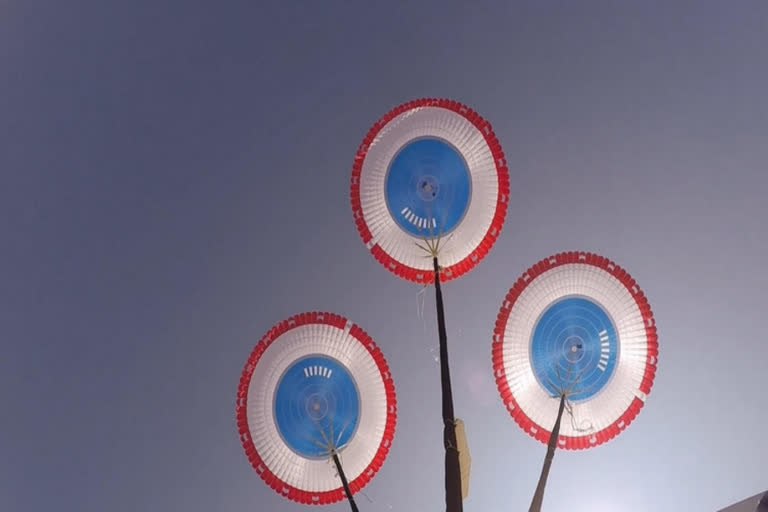Washington: The campaign, developed by both Boeing and NASA, used six balloon drop tests of a Starliner test article to gather supplemental performance data on the spacecraft's parachutes and landing system.
Each drop test focused on a different set of adverse conditions and used pre-flown parachutes to evaluate reusability margins for future missions.
Starliner is the first American-made orbital crew capsule to land on land.
"Our philosophy has always been testing the system hardware together to see how all the elements interact," Starliner landing system lead at Boeing Mike McCarley said in a statement.
"Our vehicle can't fit in an airplane, so the only way we can lift a test article high enough to simulate an entire landing system sequence is with very a large balloon."
The spacecraft uses a series of parachutes and airbags that deploy at specific altitudes allowing Starliner to touch down gently in the desert of the western United States.
NASA said it also will use the data gathered from the parachute testing to model Starliner parachute performance in different mission scenarios.
During nominal landings, Starliner uses two small parachutes to carry off the spacecraft's forward heat shield and expose critical hardware needed for the rest of the landing system sequence.
Starliner then deploys two drogue parachutes to slow and stabilize the capsule before three small pilot parachutes pull out the spacecraft's three mains.
The three main parachutes continue slowing Starliner's descent for a safe and soft touchdown supported by the vehicle's landing airbags.
Boeing had signed a contract with NASA's Commercial Crew Program to fly operational missions to and from the space station with Starliner in 2014.
Its debut uncrewed orbital flight mission in 2019 did not go exactly as planned, requiring it to make another try before putting astronauts on board for the crewed flight test.
Boeing and NASA will continue collecting data on Starliner's parachutes through the spacecraft's second Orbital Flight Test ahead of crewed flights beginning in 2021, but the test phase utilizing high-altitude balloons is now complete.
Also Read: Features and Specifications of Apple's AirPods Max



